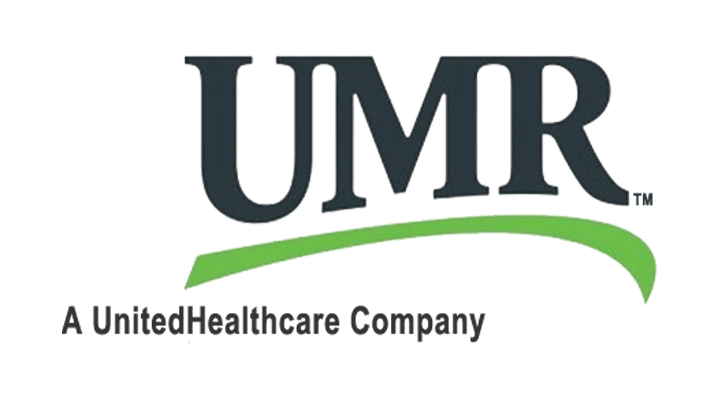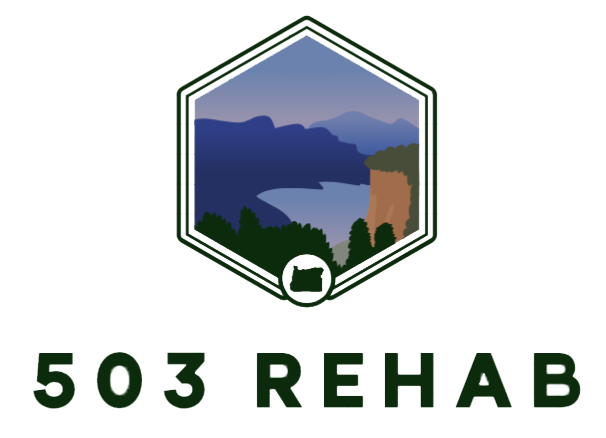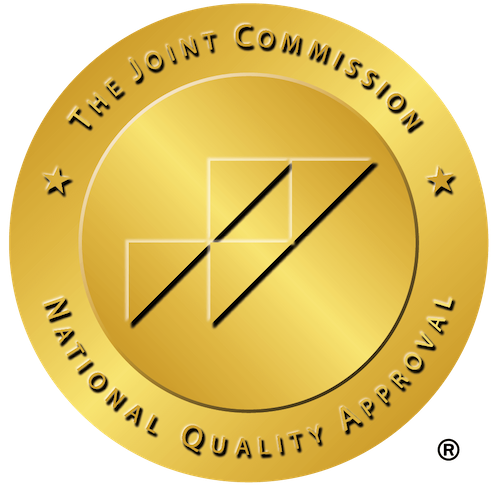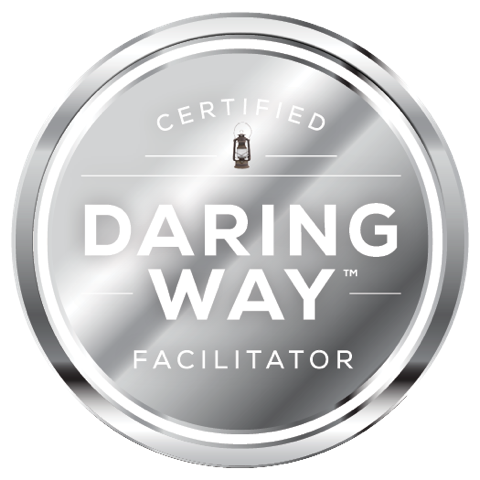What is OCD?
Obsessive-Compulsive Disorder (OCD) is a complex mental health condition characterized by a pattern of unwanted thoughts and fears (obsessions) that lead individuals to perform repetitive behaviors (compulsions). These compulsions are attempts to soothe the distress caused by obsessions. However, this relief is only temporary, and not performing them significantly increases anxiety. People with OCD might understand their obsessions are not realistic; yet, they feel powerless to stop them. This can lead to a debilitating cycle of obsessive thought and compulsive action, impacting daily functioning and quality of life.
Symptoms of OCD can vary widely between individuals but generally center around specific themes like fear of contamination or germs, needing things orderly and symmetrical, aggressive or horrific thoughts about losing control or harming others, and unwanted thoughts involving sex, religion, or harm. Compulsions might manifest as excessive cleaning or handwashing, arranging things in a particular way, repeatedly checking on things such as whether the door is locked or the stove is off, or compulsive counting. These symptoms can interfere with all aspects of life including work, school, and personal relationships. Understanding these signs is crucial for seeking help and treatment to manage OCD effectively.
Getting Treatment for OCD
Seeking treatment for OCD (Obsessive-Compulsive Disorder) is a crucial step towards reclaiming control over one’s life and finding relief from the constant cycle of obsessions and compulsions. It’s an act of bravery to acknowledge the need for help and pursue therapy or medication that can alleviate the distressing symptoms. Treatment often includes cognitive-behavioral therapy (CBT), specifically Exposure and Response Prevention (ERP), which has been shown to be particularly effective. This approach involves gradually exposing oneself to the source of obsession, without engaging in the compulsive behavior typically performed to reduce anxiety. Over time, this process helps reduce the obsessive thoughts and compulsion to perform rituals, leading to significant improvements in daily functioning.
In addition to ERP, medication such as selective serotonin reuptake inhibitors (SSRIs) can be prescribed to help manage OCD symptoms. Finding the right treatment plan can be a journey of trial and error, but with persistence, many people experience substantial relief from their symptoms. Support groups and educational resources can also provide valuable support and information for individuals with OCD and their families. It’s essential not only to seek professional help but also to build a supportive network that understands OCD’s complexities. Ultimately, treatment offers a pathway towards a more manageable life, allowing individuals with OCD to focus on their goals, relationships, and personal growth without being held back by their symptoms.
FAQ
We've compiled a list of frequently asked questions to provide clarity on the experience and alleviate any remaining fears or anxieties you might have.
A typical day in addiction rehab involves a structured and supportive environment aimed at promoting physical, mental, and emotional healing. Residents typically wake up early for a healthy breakfast before starting their daily schedule of therapy sessions, group activities, and workshops that address the root causes of their addiction. These may include individual counseling, group therapy, family therapy, exercise classes, educational lectures, and recreational activities. The day is also filled with nutritious meals, breaks for reflection and relaxation, and time for personal reflection through journaling or meditation. In the evening, there may be peer support meetings or 12-step programs to participate in before turning in for the night. Each day at our facilities is carefully planned to provide a well-rounded approach to recovery and help individuals establish healthy habits and coping mechanisms.
Typically, a detox period lasts around five days, though it can span from three to 10 days. The duration of detox is individualized, influenced by factors like the substances used, amounts consumed, duration of use, frequency, and method of administration. These factors collectively determine the necessary length of stay for you or your loved one.
Upon entering addiction treatment, there are certain items that are allowed and encouraged to bring for your comfort and well-being. These may include comfortable and appropriate clothing, personal hygiene products, prescription medications (with proper documentation), and journals or books for personal reflection. However, there are also items that are not allowed in addiction treatment facilities. These typically include any substances, such as drugs or alcohol, as well as weapons and anything that may be considered a distraction from the recovery process. Checking with the facility we've chosen in advance for a detailed list of permitted and banned items is crucial to ensure a seamless transition into treatment.
With Drug Abuse and Addiction, we understand that addiction is often closely tied to mental health issues. That's why our centers for drug abuse and addiction also prioritize addressing underlying mental health concerns. Our team of professionals is equipped to provide support and treatment for a variety of mental health disorders, such as depression, anxiety, PTSD, and more. We believe in a holistic approach to recovery, and this includes addressing both physical and mental health needs. Our admissions team is dedicated to finding the right facility that can offer comprehensive care for all your needs, ensuring a successful recovery journey. We are here to support you every step of the way towards lasting sobriety and improved mental well-being.
Our admissions team at Drug Abuse and Addiction is dedicated to helping you discover the ideal treatment center for your requirements. Selecting a rehab center can be daunting, which is why our team is here. We are committed to assisting you in navigating the process and locating the perfect center for you or your loved one. Comprised of caring and knowledgeable professionals, our admissions team comprehends the intricacies of addiction and the significance of selecting the appropriate treatment. We consider your unique needs, preferences, and any co-occurring conditions to match you with a facility that provides tailored care. You do not have to face this alone – our admissions team is committed to aiding you at every stage toward a successful recovery.
Watching a loved one struggle with addiction can be heartbreaking and overwhelming. You may feel helpless and unsure of how to help them. The first step towards getting your loved one the help they need is to have an open and honest conversation with them about their addiction. Express your concern and offer your support, but also set boundaries and encourage them to seek professional help. It may also be helpful to research treatment options with our team and have resources readily available for your loved one.
Remember to remain patient, understanding, and supportive throughout this process – recovery is a journey and it will take time. With the right approach and support, you can help your loved one find the path to a healthier and happier life free from addiction. So don't hesitate to reach out for guidance and support from our team at Drug Abuse and Addiction. We are here to help you and your loved one every step of the way towards recovery.
No matter how dedicated you are to your recovery journey or how determined you are to maintain sobriety for life, there's a possibility of relapse at some stage. Statistics from the National Institute on Drug Abuse indicate relapse rates during recovery range from 40% to 60%. Post-relapse, it's common to feel shame or remorse. You might even contemplate surrendering to addiction rather than persevering to combat the urge to use. While these feelings are normal, they can pose obstacles to achieving a drug-free life. Instead, view a relapse as a learning opportunity; refine your relapse prevention strategy and identify triggers. By delving into the underlying reasons for the relapse, you'll establish a foundation for a recovery that ensures you come back even stronger.
The initial step involves assessing whether revisiting rehab is necessary. If it was an isolated occurrence and you're dedicated to evaluating or adjusting your recovery plan, returning to an inpatient facility may not be essential. This setting provides the patient with hands-on care and ongoing monitoring. However, falling back into a persistent pattern of substance misuse may indicate the need for reentry into a structured treatment regimen. If conversations about substance use arise, socializing with individuals who encourage drinking, or using substances as a coping mechanism resurface, it signals a more significant issue requiring prompt intervention.
Upon reentering treatment post-relapse, the primary focus should be on reintegrating into daily life. Opting for a sober living environment for a few months post-treatment could be the most effective means to prevent relapse, as accountability and structure aid during the initial vulnerable phase. Additionally, having an outpatient therapy plan in place for ongoing support post-rehab is beneficial.






